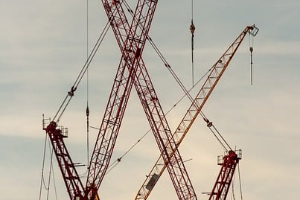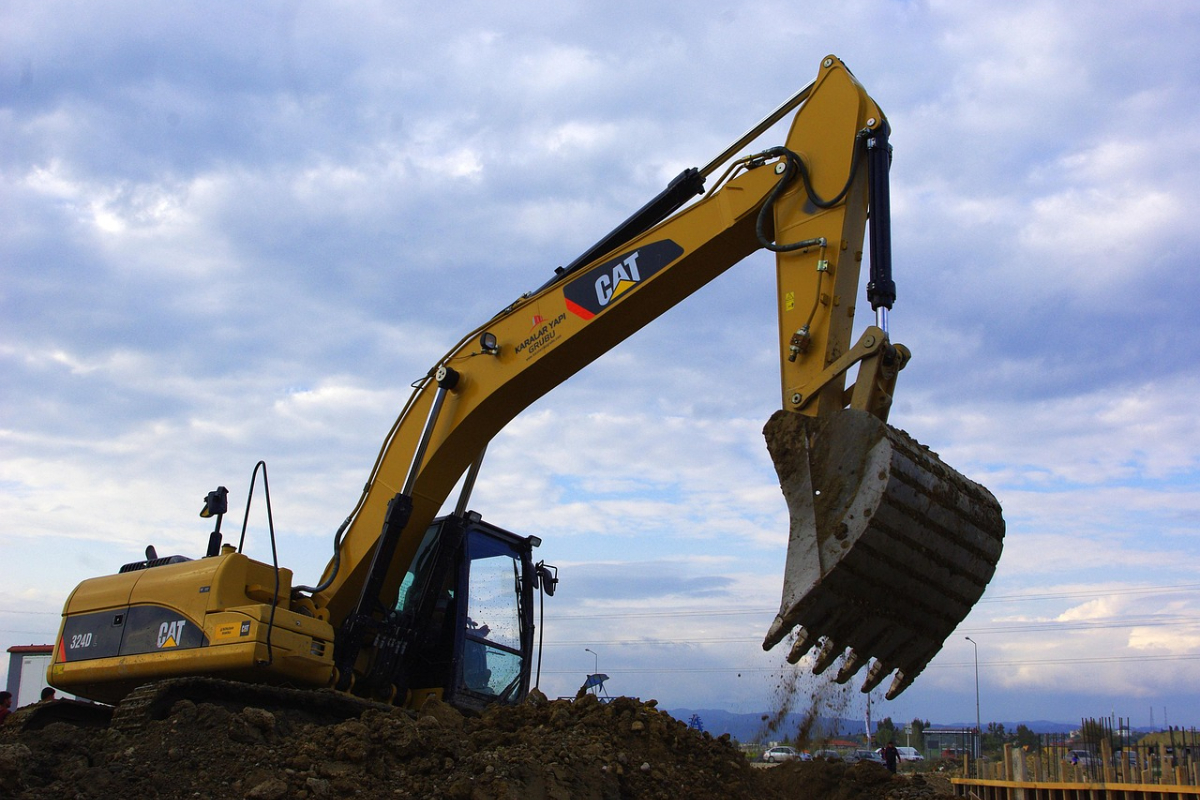The Force Behind Construction
In heavy construction and industrial logistics, low-loaders play a crucial role in transporting oversized machinery and materials safely over long distances. Equally vital are the largest cranes, which enable the accurate lifting and positioning of those same components once they arrive at the site. Together, they make possible the ambitious projects that define modern infrastructure.
Every significant build begins with the problem of weight and distance. Materials are rarely situated exactly where they are required, and the machinery designed to move them must handle extreme challenges. Transportation equipment ensures that loads can cross highways, rough terrain, or narrow urban streets without compromising stability. Once materials reach their destination, lifting technology ensures they are positioned at impossible heights or in tight spaces with accuracy. The relationship between these systems defines the pace and safety of modern development.
The sheer scale of today’s projects demands precision planning long before machinery arrives on-site. Engineers assess terrain, weather conditions, and the size of components to determine the right equipment for each stage. Roads may need reinforcement to carry oversized cargo, while work sites require careful preparation to accommodate machines with vast footprints. Every detail counts, from scheduling arrival times to avoid traffic congestion to ensuring that nearby structures are not placed at risk during the manoeuvre of heavy loads.
Safety is inseparable from these operations. Moving multi-tonne components or lifting them into position carries immense responsibility. Operators undergo rigorous training and multiple layers of planning, safety checks, and oversight to support their expertise. Teams coordinate through detailed communication, ensuring that every action is understood and timed to perfection. Even the slightest misalignment or miscalculation can result in costly delays or serious hazards. By prioritising safety, projects protect both workers and surrounding communities.
Beyond the physical effort lies a significant economic impact. Major infrastructure projects—such as bridges, stadiums, wind farms, and high-rise towers—depend on reliable heavy logistics. Without efficient movement and placement of critical components, schedules stall and costs escalate. By investing in the right machinery and expertise, project managers reduce risk and enhance predictability. The result is not only a completed project but also one delivered with confidence in its quality and longevity.
Environmental considerations now play a greater role in the way these operations are conducted. Modern equipment incorporates advanced technology to reduce emissions, improve fuel efficiency, and limit noise pollution. Routing strategies are designed to minimise disruption to both natural landscapes and urban areas. Where possible, components are pre-assembled offsite, reducing the time machinery needs to operate on location and cutting down overall environmental impact. These measures demonstrate how progress can align with sustainability.
Technology has also transformed how planning and operations are executed. Digital modelling allows teams to simulate movements before they occur, identifying potential obstacles and optimising approaches. GPS and sensor systems provide real-time tracking and adjustments, ensuring machinery operates with maximum efficiency and precision. This level of control reduces risks and expands the possibilities of what can be achieved. With such tools, what once seemed improbable has become routine in the realms of construction and logistics.
The human element remains at the core of these achievements. Behind every operation is a team of engineers, operators, riggers, and planners whose combined knowledge ensures success. Their collaboration transforms machines into extensions of human capability, achieving feats that would otherwise be unattainable. Their ability to adapt when conditions change—whether due to sudden weather shifts, unexpected site conditions, or technical challenges—reflects the resilience and expertise that drives the industry forward.

Examining global infrastructure, the presence of heavy transport and lifting machinery has significantly shaped both skylines and energy landscapes. Iconic landmarks, from suspension bridges to vast offshore wind farms, owe their existence to the ability to move and position oversized components with precision and accuracy. These achievements showcase not just technological strength but also human ambition, embodying the determination to build bigger, taller, and stronger in pursuit of societal advancement.
Yet it is not only monumental projects that rely on these systems. Every day, industries benefit from the same principles on a smaller scale. Manufacturing plants, power stations, and logistical hubs depend on safe handling of machinery, storage tanks, and industrial modules. Even when the work is less visible to the public eye, its significance remains immense. Without reliable heavy movement and lifting, industries would face bottlenecks that slow production and disrupt supply chains.
The future promises further innovation. Automation and remote control are becoming more integrated into operations, enhancing both safety and efficiency. Machines may one day navigate and operate with minimal human intervention, guided by artificial intelligence and advanced sensors. This does not diminish the human role but instead shifts it toward oversight, planning, and management, enabling teams to achieve more with greater precision and effectiveness.
Ultimately, the story of heavy logistics is one of balance: between power and delicacy, risk and safety, ambition and responsibility. Each project showcases the convergence of planning, technology, and expertise in pursuit of goals that enhance human potential. When massive structures rise or intricate components are placed, it is not only machinery at work—it is the collective effort of people, processes, and ideas working in harmony.
Progress in construction and industry depends on this harmony. As cities grow denser, energy demands increase, and transportation networks expand, the ability to transport and position immense components will remain a cornerstone of development. By continuing to refine methods, embracing innovation, and respecting the challenges of scale, society can move forward with both confidence and care.



